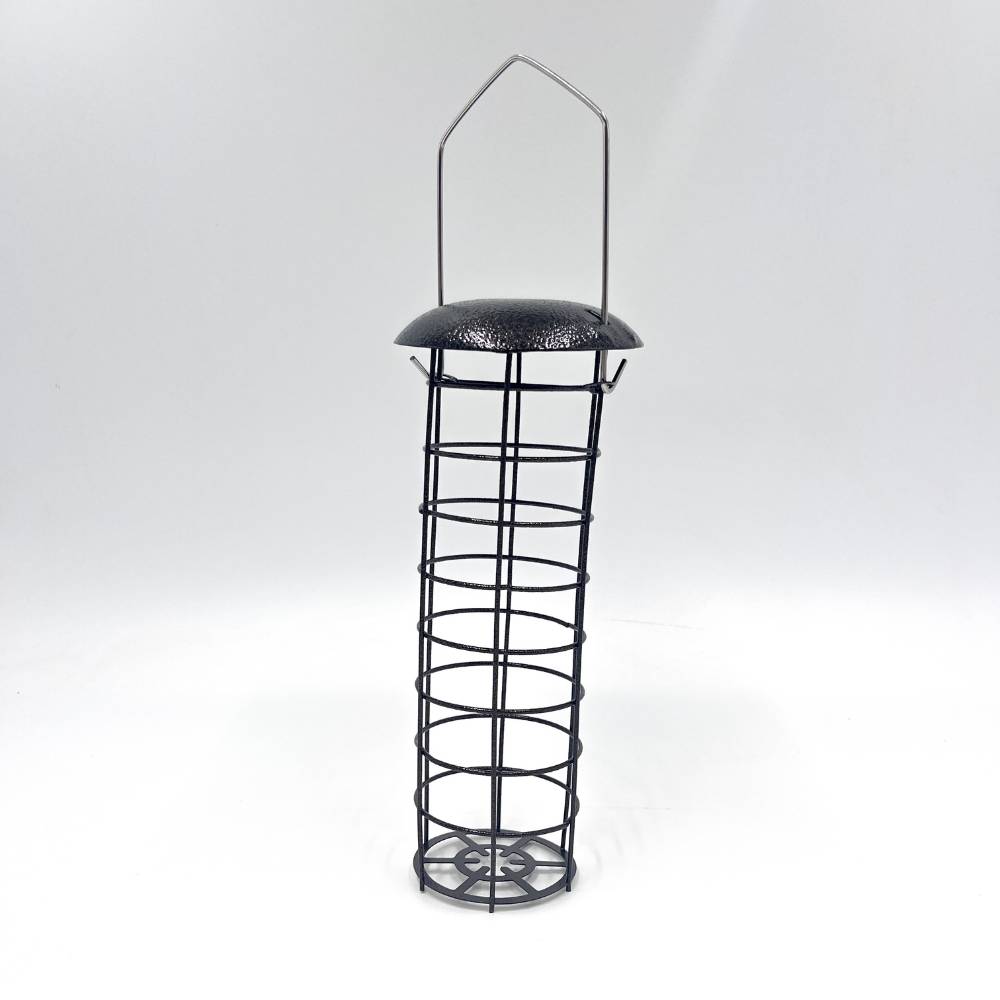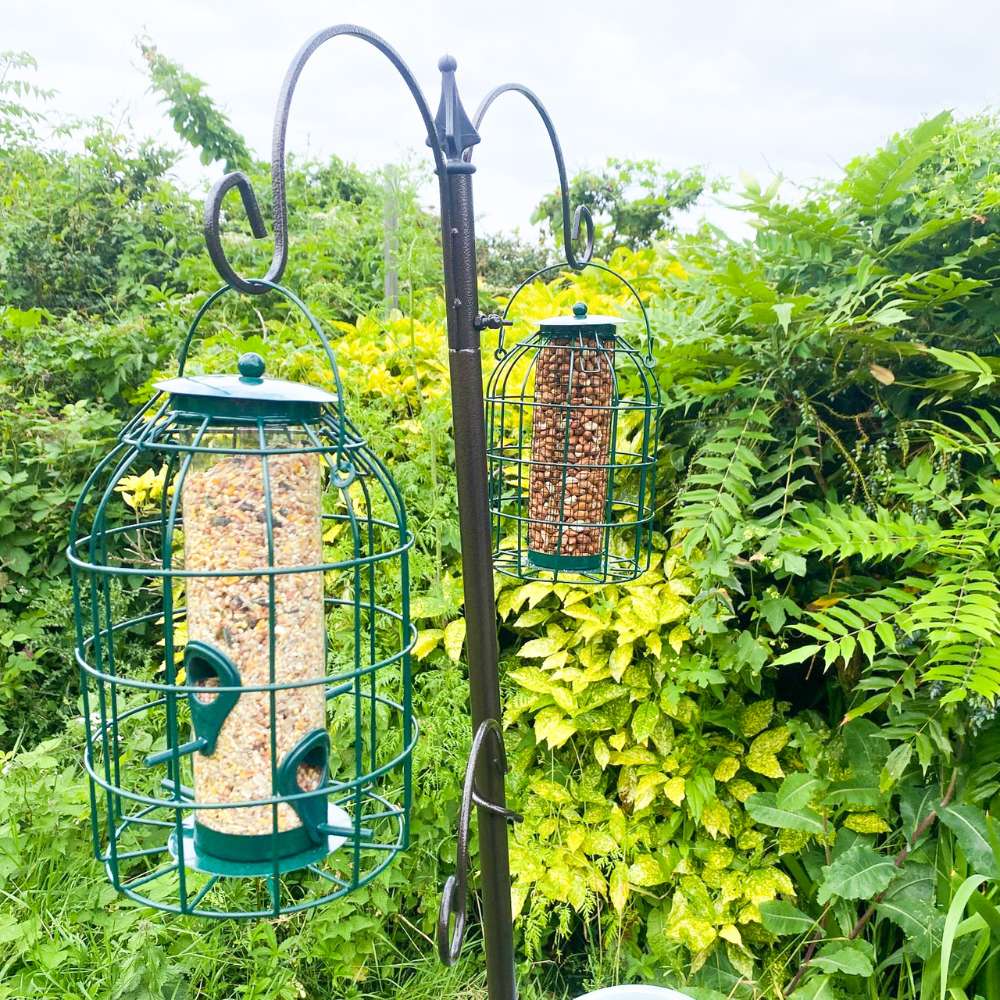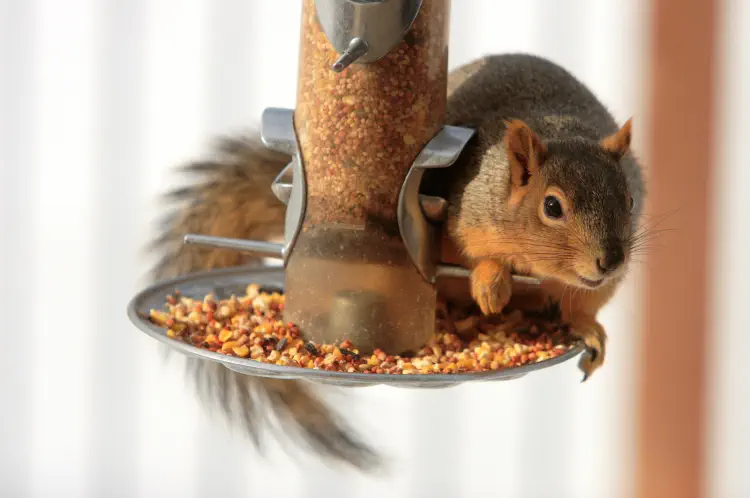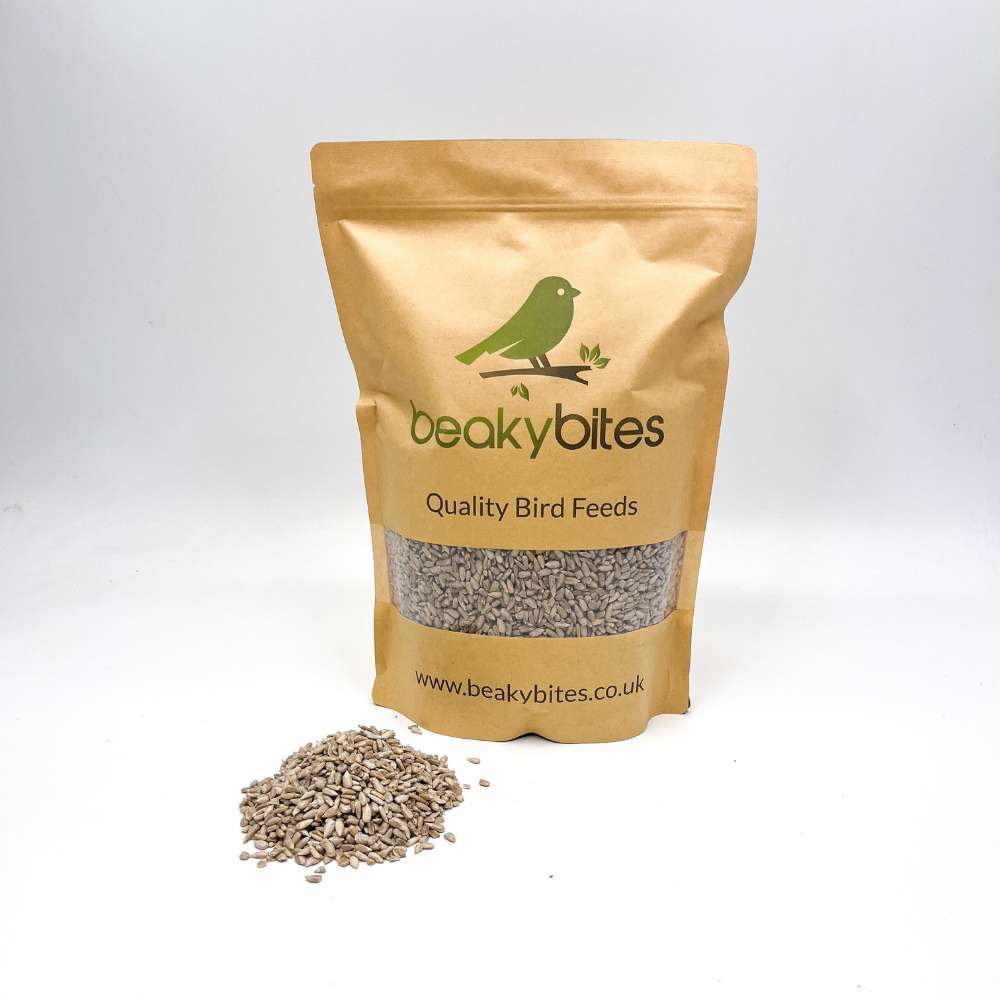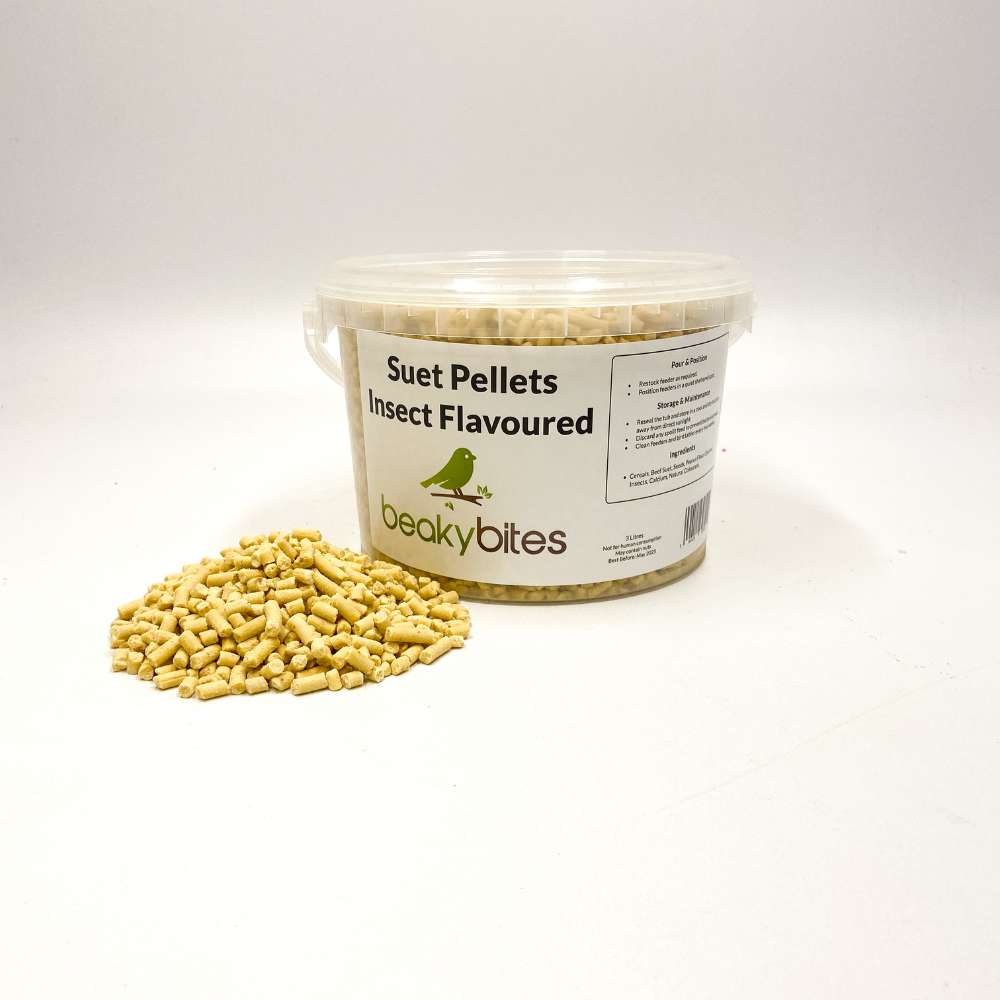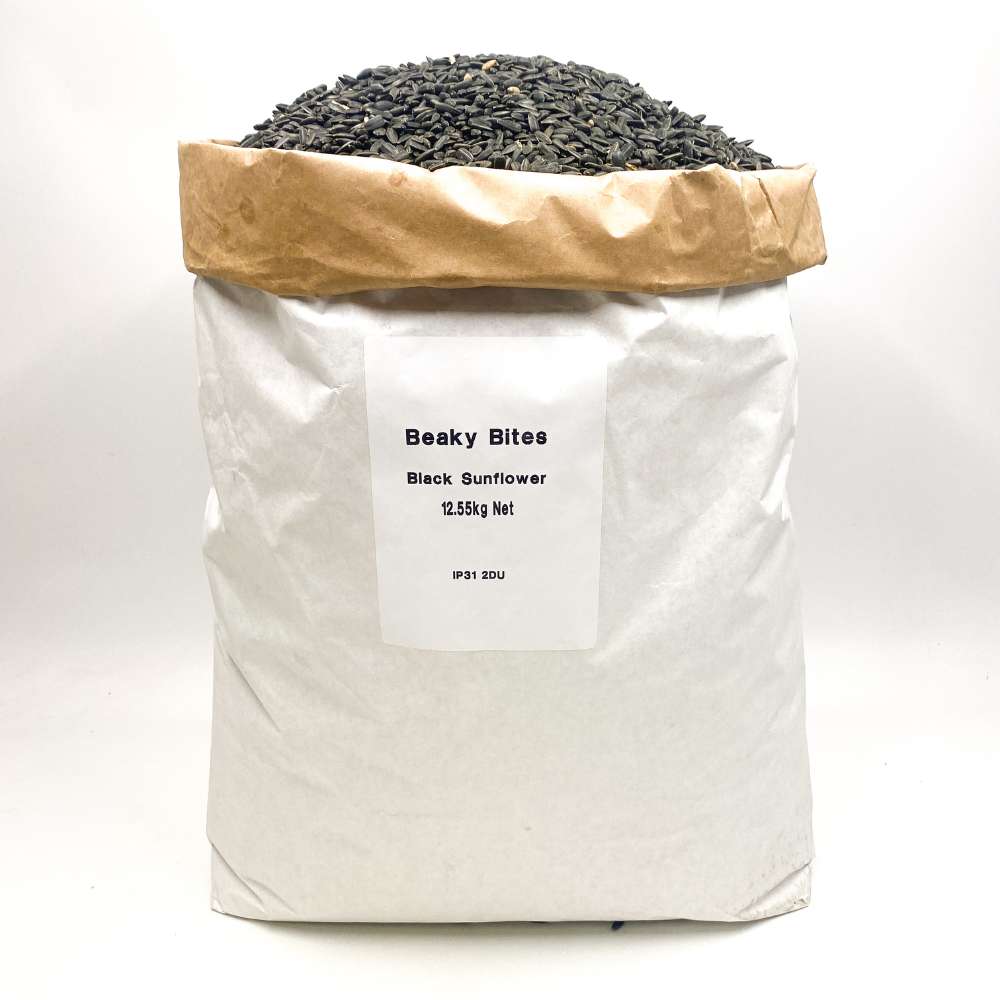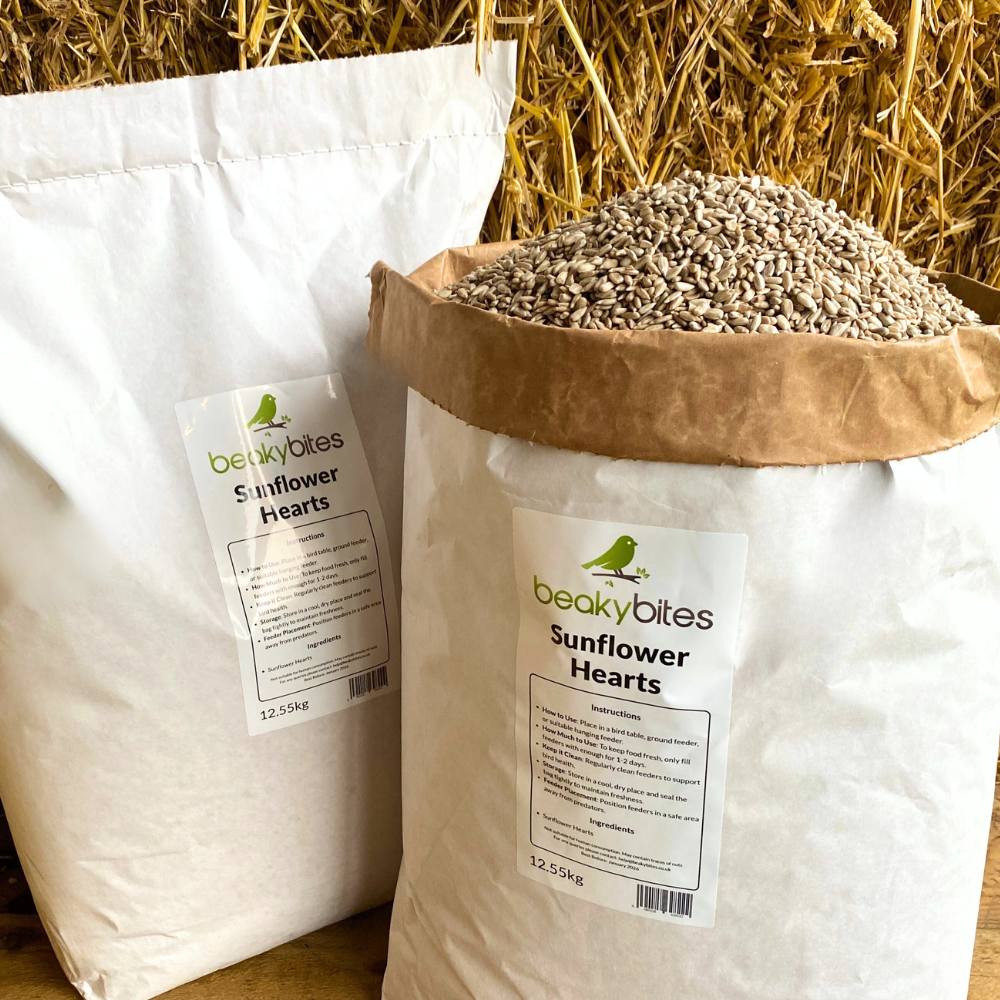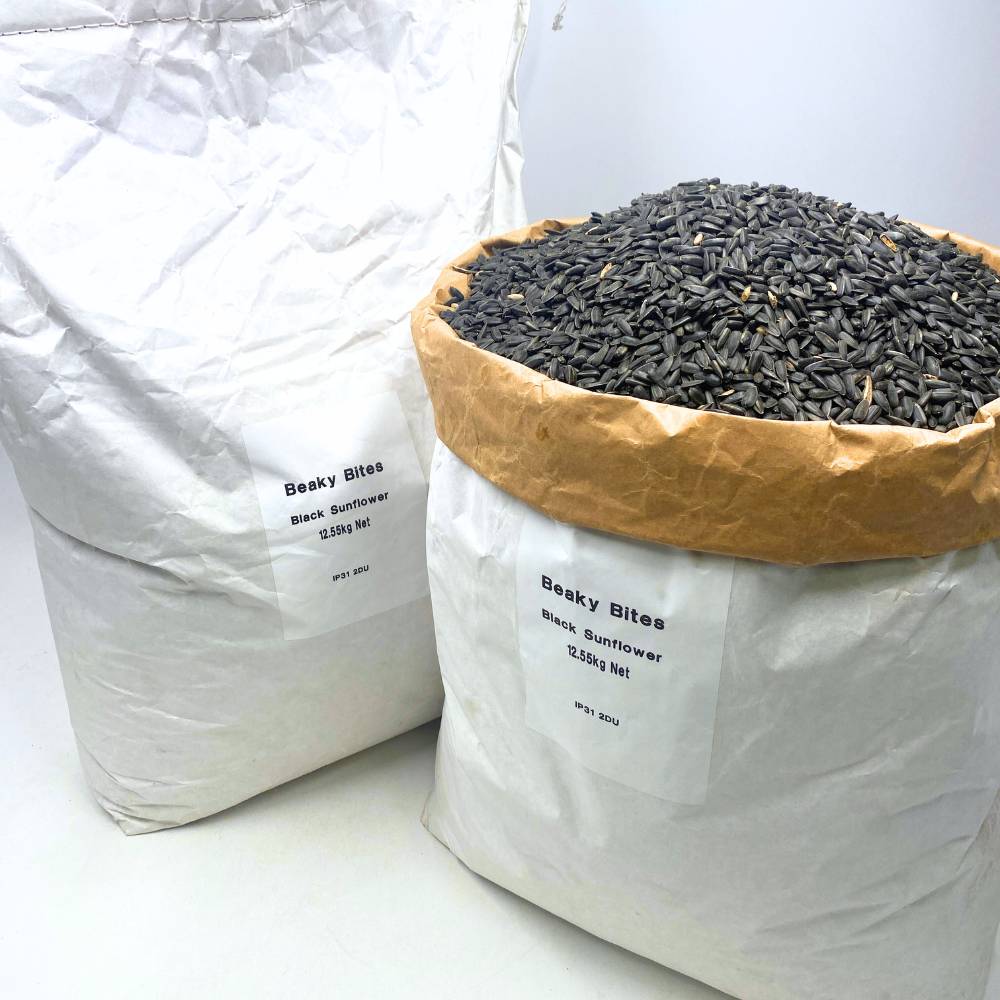Discover the Best Fat Ball Feeders for Birds: Attract Feathered Friends to Your Garden

Searching for reliable fat ball feeders for birds that will weather the seasons and invite a chorus of chirping to your garden? Look no further. We will demystifies the choices and zeroes in on how to select and maintain feeders that deliver without fail. Learn to outsmart squirrels and keep your feathery guests happy, with insights on every type of feeder - tube-shaped to ring designs - without giving away all our secrets just yet.
Choosing the Right Fat Ball Feeder for Your Garden Birds
The right fat ball feeder can be the cornerstone of your bird friendly garden. Fat ball feeders are essential for delivering the high energy nutrition that birds crave, especially during the colder months. By selecting a feeder designed to hold these nutrient packed suet balls, you’re setting the stage for an array of bird species to grace your garden.
It’s not just about providing a meal; it’s about offering a variety that caters to the tastes of different birds, making your garden a culinary hotspot for the local bird population.
Tube Shaped Fat Ball Feeders: Tube shaped feeders are a perfect match for petite patrons such as finches and nuthatches. Their sleek design is more than just aesthetic; it offers practical protection from the elements and larger birds. With perches or trays and sometimes even rain guards, these feeders are a small bird’s dining dream.
Fat Ball Feeder Rings: When it comes to communal dining, fat ball feeder rings are the garden equivalent of a bustling café. Designed to hold up to ten fat balls, these feeders are a beacon for birds, allowing multiple feathered diners to feast simultaneously.
Suet Block Feeders: A robust suet block feeder can accommodate suet in various fun shapes, such as cakes or even whimsical designs, adding a touch of charm to your garden while serving up a feast. The real magic lies in the mixed nutrition options they offer, with additional ingredients like seeds and fruits, which cater to the diverse dietary needs of different bird species.
It’s not just about the convenience; suet ball feeders play a crucial role in attracting a diverse array of birds, protecting your feed from the elements and providing a perch for your birdy friends whilst they eat. Making your garden a hub of birdwatching activity.

Attracting Small Birds with Fat Ball Feeders
The allure of small bird visitors flitting through your garden is an enchanting sight, especially as most garden birds are drawn to these fat ball treats. Fat ball feeders are particularly adept at drawing in these diminutive creatures, offering them the high-calorie bird foods they need to thrive. While birds may initially be cautious, they quickly learn the safety of your garden’s offerings and will return time and again for the reliable feast you provide. However, the key to success lies not just in the feed itself but in strategically placing the feeders and ensuring the availability of fresh water.
Selecting the Right Location
The right location for your feeder can make all the difference in creating a safe haven for birds. Here are some tips for placing your feeder:
Choose a spot that offers a clear view for spotting predators
Place the feeder close enough to shelter like trees or shrubs
Make sure the feeder is easily accessible for birds to reach
By following these tips, you can create an inviting and safe space for birds to visit.
It’s also important to find a balance by positioning feeders in open areas to prevent ambushes by predators whilst also giving them the room to be able to dart for cover when required, ensuring a safe dining experience for your avian guests.
Providing Fresh Water
A birdbath or water source is more than just a decorative touch to your garden; it’s a vital component for attracting birds. Fresh, clean water for bathing and drinking is a luxury that birds won’t overlook, and it may just be the reason they frequent your garden more often. Keeping water bowls full and pristine is not only inviting but also a matter of health, as it prevents the spread of diseases among the bird population. Ensuring your feeders are close together is important but don't allow any lose seed or biproduct from eating birds to get into the water contaminating it.

Protecting Your Bird Food from Squirrels and Larger Birds
It's important to make sure the bird food you put out actually goes to the birds you want to attract, not to pesky squirrels or larger birds that hog all the food. Luckily, there are plenty of ways to keep these uninvited guests away from your feeders.
One great option is using guardian feeders. These are basically feeders wrapped in a protective cage that keep squirrels and larger birds out, while letting smaller birds get to the seeds. Think of it like a VIP section for the little guys. Heavy duty feeders, especially those made from galvanized metal, are particularly good at standing up to the persistent attempts of squirrels and larger birds. Take a look at our range below.
But that's not the only trick in the book. Bafflers, which are shields placed above and below the feeders, can block squirrels from climbing to the food. You can also be strategic about where you place your feeders – try putting them on poles with smooth surfaces or in open areas where squirrels can't easily jump to them from trees or fences. Putting them in sheltered spots, can deter larger birds as they can't navigate surrounding tree branches.
There are tons of different methods out there to keep your bird food safe. To dive deeper into squirrel proofing your feeders and explore even more tips, click here.
Caring for Your Fat Ball Feeders in Winter Months
The cold winter months bring new challenges for garden birds, making your role in their survival even more crucial. Fat ball feeders need extra attention during this time to ensure that the food remains dry and accessible, providing birds with the consistent energy source they desperately need.
Regularly Refilling Feeders
In the depths of winter, natural food sources become scarce, and birds rely heavily on the sustenance provided by feeders. Suet balls, with their high fat and protein content, are a lifeline, offering the vital energy needed to maintain body warmth. It’s essential to refill feeders regularly during this time, not only to support the birds’ dietary needs but also to prevent the food from becoming damp and spoilt.
Cleaning and Maintenance
The importance of cleanliness in bird feeders cannot be overstated, especially during winter when disease can spread more easily among the bird population. Regular cleaning and maintenance are necessary to provide a hygienic feeding environment and protect the health of visiting birds.
Tube shaped feeders, which are designed for easy disassembly, make this task simpler, allowing for thorough cleaning with a bleach solution and ensuring that the feeders are completely dry before being refilled.
Water stations as well will need continuous cleaning throughout winter, including taking out big shards of ice to give our bird friends a safe place to land, drink and clean themselves.
Click here to read more about cleaning your feeders.
Conclusion
We’ve journeyed through the essentials of selecting, maintaining, and enjoying the benefits of fat ball feeders in your garden. By now, you should feel equipped to create a vibrant bird sanctuary that not only nourishes your feathered friends but also brings you closer to nature. Let the joy of birdsong and the flutter of wings inspire you to take the next step in your birdwatching adventure.
Frequently Asked Questions
What birds do fat balls attract?
- Answer: Fat balls attract birds such as Great tit, Coal tit, Long-tailed tit, Blue tit, Great Spotted Woodpecker, Starling, and possibly Robin, depending on the feeder used.
Is it OK to feed birds fat balls?
- Answer: Yes, it is okay to feed birds fat balls as they serve as a high-energy snack for birds throughout the year, just ensure you keep them clean and restocked.
What are the best types of fat ball feeders for small birds?
- Answer: Tube-shaped feeders and fat ball feeder rings are the best types for small birds, offering easy access and protection from larger birds and squirrels.
How can I attract a variety of bird species to my garden?
- Answer: To attract a variety of bird species to your garden, provide different types of food in various feeders in various locations and make sure there is fresh water available. This will increase the chances of attracting a diverse range of birds.
What can I do to keep squirrels away from my bird feeders?
- Answer: Consider using squirrel-proof feeders to prevent squirrels from accessing the bird food. This can help keep squirrels away from your bird feeders.


